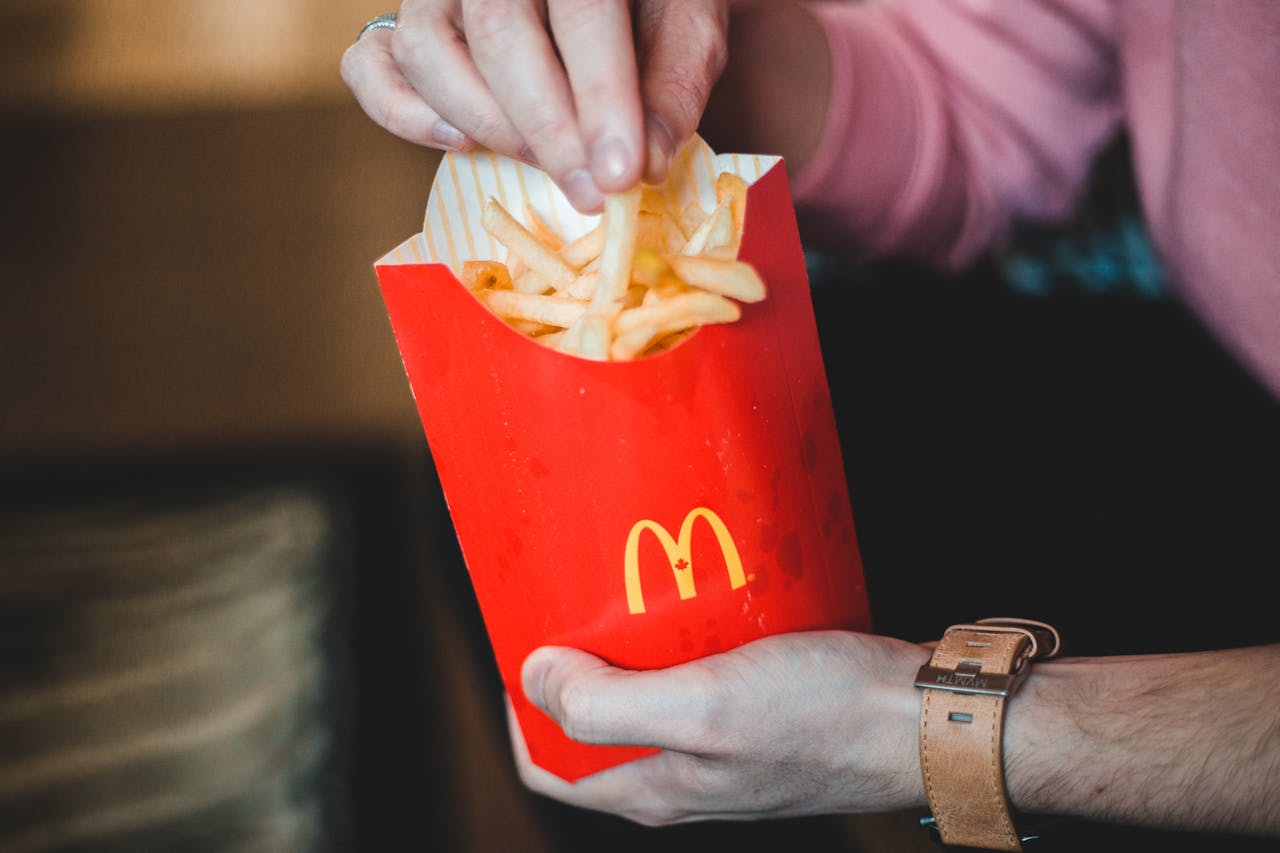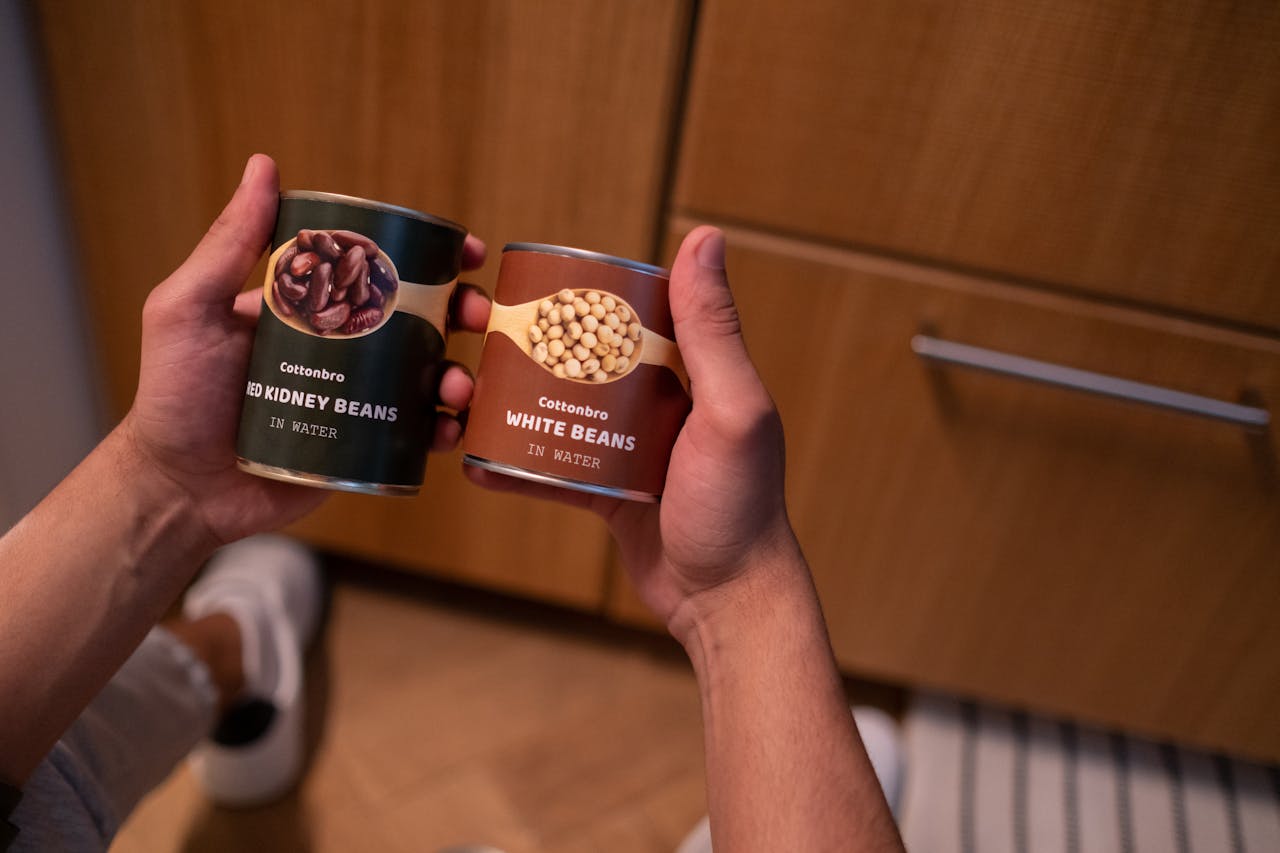Sailors in the 18th and 19th centuries were up against a lot. Long working hours, cramped cabins, and bad weather made the job difficult, uncomfortable, and dangerous. But without a doubt, one of the worst challenges sailors had to face was disease.
Alongside typhus and dysentery, scurvy was a major threat. In fact, the illness was linked to the deaths of more than two million sailors, according to the Science History Institute. Nowadays, scurvy is much easier to treat, as research has since found that the disease is caused by vitamin C deficiency. Ultimately, it was the poor nutrition of sailors on long journeys that led to scurvy outbreaks.
 Canva
Canva
Although scurvy has long been considered a disease of the past, doctors are now warning that it might be making a comeback. Rising costs of living and the increased consumption of ultra-processed foods—often lacking in essential nutrients—could be partly to blame.
Why is scurvy making a comeback?
One account published in the journal BMJ Case Reports reports that earlier this year, an Australian male in his early 50s had been diagnosed and treated for scurvy. In the same paper, four doctors, including Andrew Dermawan, MD, note that the male patient is not alone. “Scurvy is a re-emerging disease with the rising cost of living,” they note. “It can present as early as a month after a vitamin C-deficient diet.”
They explain that alongside factors like dialysis, alcoholism, eating disorders, and gastric bypass surgery, poor nutrition is one of the leading causes of scurvy.
 Pexels
Pexels
Right now, the rising cost of food is making it harder for people to make healthy choices. Last year, one study by BBC Good Food Nation suggested that nearly 20 percent of British adults were choosing to eat more processed foods because they are cheaper. It also found that 60 percent of adults had changed how they eat because of the rising cost of ingredients.
Another survey conducted last year by the Cleveland Clinic found that nearly half of Americans view healthy foods as too expensive. Research also suggests that more than 23 million Americans currently live without easy access to nutritious foods, but do have access to fast food and ultra-processed food options.
Tim Senior, MD, told The Guardian that the Australian man—who had been eating predominantly processed foods and regularly skipped meals, according to reports—could be the “canary in the coal mine.”
 Getty
Getty
BECOME A VEGNEWS VIP: Get exclusive product deals, freebies, and perks galore!
He said: “What they’re describing in terms of cost-of-living pressures and the inability to afford good food, I think we are seeing more of that, definitely, and that will result in probably a whole range of micronutrient deficiencies, such as scurvy.”
Nowadays, scurvy—which has many symptoms including joint and muscle pain, fatigue, bleeding gums, red or blue spots on the skin, nausea, and loss of appetite—rarely leads to death, but prompt treatment is essential. “This disease is easily reversible with supplementation, with a dramatic response seen within 24 hours,” notes the report. “Failure to treat may lead to catastrophic hemorrhage, hence, early recognition and prompt treatment are vital.”
How to make more nutritious choices on a budget
It’s important to note that scurvy is still rare. However, nutrient deficiencies are more common. Per Healthline, iron deficiency impacts more than 25 percent of people globally and iodine deficiency affects nearly a third of the world’s population. It also lists calcium, vitamin B12, magnesium, vitamin A, and vitamin D as common deficiencies.
Vitamin deficiencies have a range of symptoms, but some of the most common include brittle hair, mouth ulcers, hair loss, and fatigue.
 Pexels
Pexels
To prevent deficiencies, it’s vital to consume a balanced diet, filled with nutrient-dense whole foods, like fruits, vegetables, legumes, nuts, seeds, and beans. According to the US News & World Report, the Mediterranean diet is the number one healthiest way to eat due to its emphasis on nutrient-dense plant foods.
But it’s not easy for everyone to make nutritious choices all of the time. As experts have highlighted, cost and access are two major preventative factors.
However, there are some things that many of us can do to boost our nutrient intake on a budget. Rhyan Geiger, RDN, the owner of Phoenix Vegan Dietitian, told VegNews that some of the most affordable nutritious staples include frozen fruit and vegetables, brown rice, whole-grain pasta, and whole-grain bread.
 Getty
Getty
“Pasta dishes are a go-to for affordable and easy vegan recipes,” she said. “There’s nothing wrong with pasta. And, a loaf of bread can go a long way.”
For that all-important vitamin C, look for options like frozen broccoli or tinned tomatoes. Often, tinned foods are some of the cheapest options in the store, and when paired with frozen vegetables and carbohydrates like pasta, they can help to make a balanced, nutritious meal.
Meal planning, batch cooking, and making lists before you shop can also help you get the best value out of your groceries. For more on how to eat healthy on a budget, you can find advice and guidance from the USDA here.
For more plant-based stories like this, read:
JUMP TO ... Latest News | Recipes | Guides | Health | Subscribe









